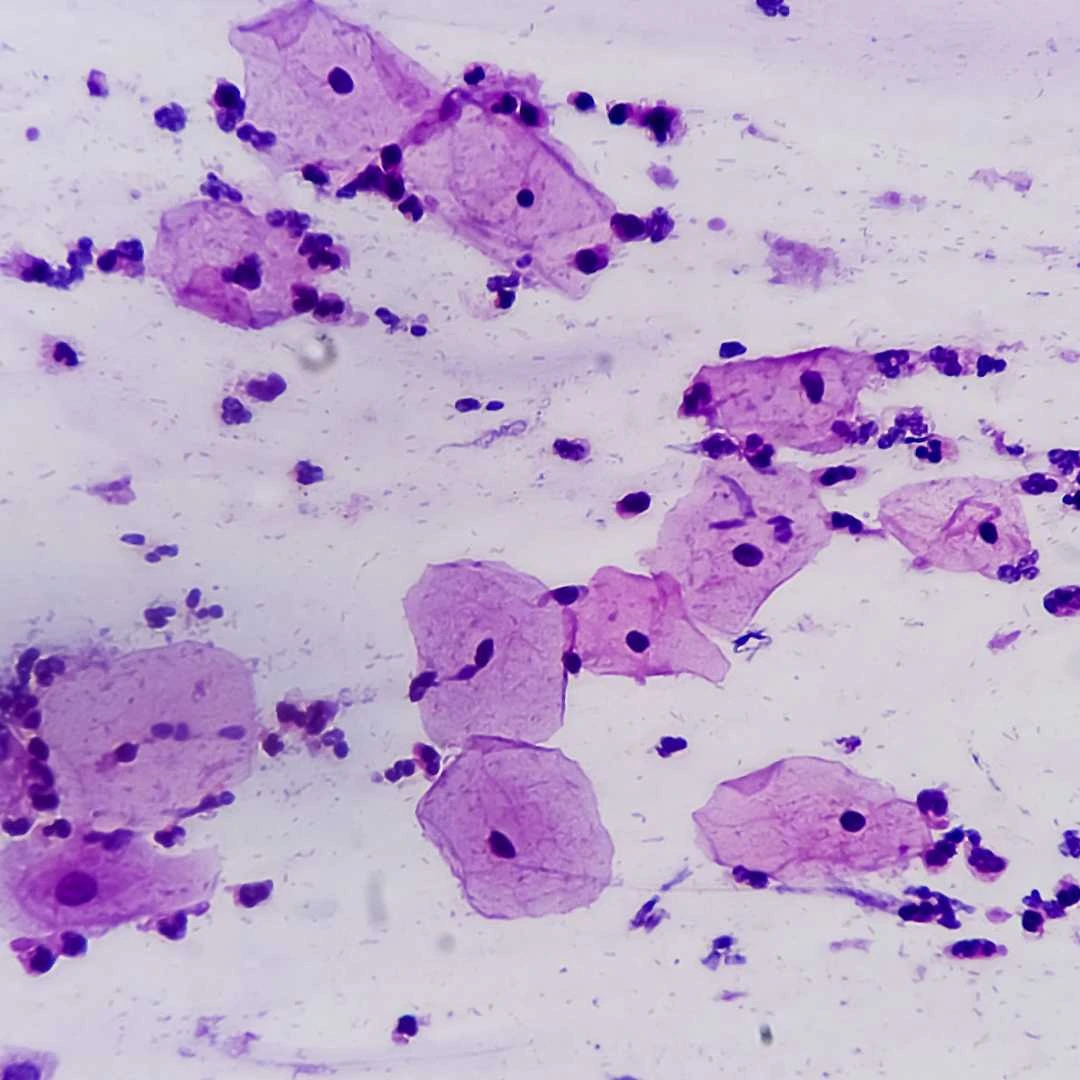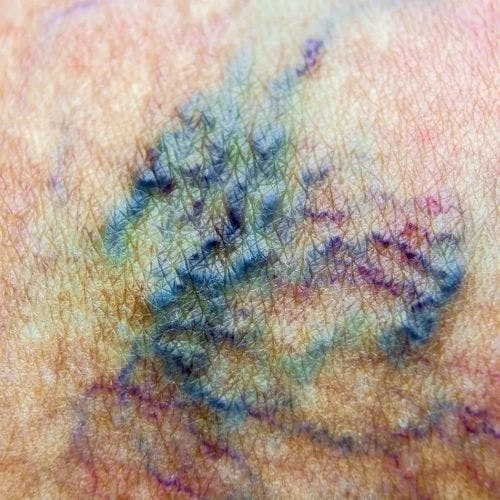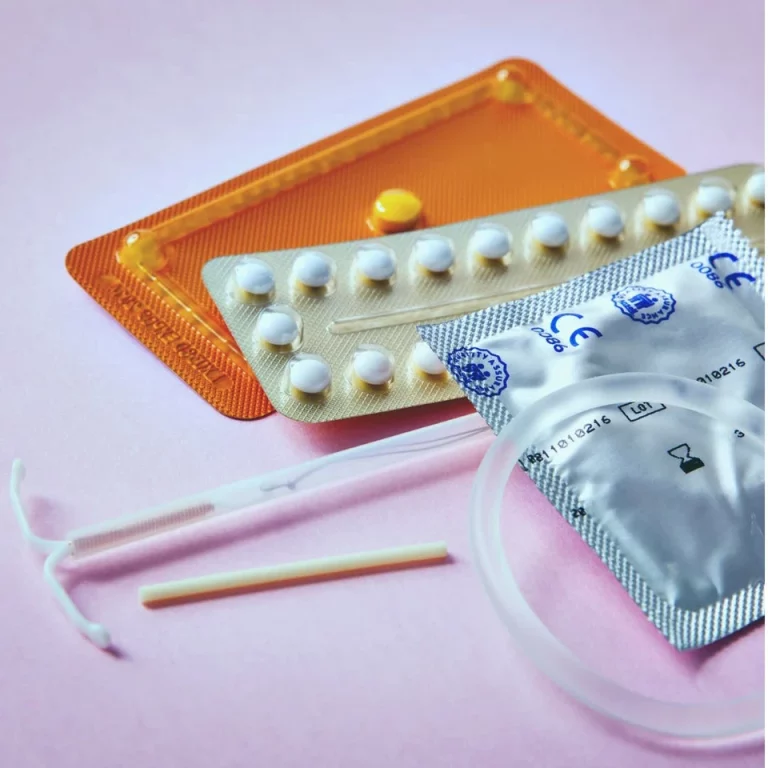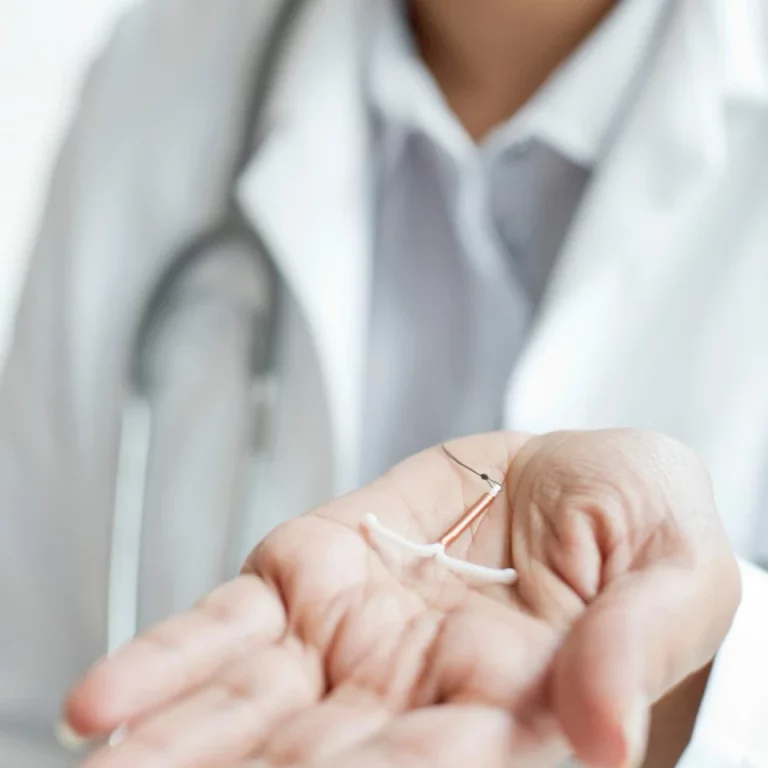Can A Pap Smear Detect STD Sexually Transmitted Disease
Medically reviewed by Dr. Shieva Ghofrany
A Pap smear, also known as a Pap test, is a common procedure that is primarily used to screen for cervical cancer in women. It can detect certain strains of HPV (human papilloma virus) which are common sexually transmitted infections, but it is not an STI screening test. Let’s take a look at how STIs and pap smears are related.
STI vs STD
Sexually transmitted disease is being used less by medical professionals. The term STI for sexually transmitted infections is being used more commonly. In this article, we will use them interchangeably.
What Is A Pap Smear?
The pap smear test involves collecting a sample of cells from the cervix. This sample is then examined them under a microscope to detect cell changes for abnormal cells or precancerous cells. While the main focus of a Pap smear is to identify potential risks for cervical cancer, many people wonder if it can also detect sexually transmitted diseases (STDs).
Can A Pap Smear Detect STD?
Yes, and no. It is important to clarify that a Pap smear is not designed to screen for STDs directly.
However, during the course of a cervical cancer screening, it is possible for healthcare providers to identify some signs of infections such as human papillomavirus (HPV), which is a sexually transmitted infection that can lead to cervical cancer. To diagnose other sexually transmitted infections, like the HIV infection, different tests are usually required. These tests may be blood tests or swabs from the genitals or swabs of vaginal discharge.
Understanding The Pap Smear Test
Because HPV is one of the most common STIS it is important to understand HPV detection and how they are related to abnormal pap smear results.
Purpose Of Pap Smear
The Pap smear is a medical procedure to collect and examine cell samples from the cervix. It is typically conducted during a pelvic exam. It is a widely recommended screening method for detecting abnormal cells that could lead to cervical cancer.
Process Of Pap Smear
The process involves inserting a speculum into the vagina to widen it, allowing the healthcare provider to access and collect a sample of cervical cells using a brush or spatula. The cell samples are then sent to a laboratory for microscopic examination.
Detection Of Abnormal Cells
The primary purpose of a Pap smear test is to identify abnormal cells, including precancerous ones. Early detection of such cells can prevent the development of cervical cancer and increase the chances of successful treatment. Depending on the findings of the Pap test, a woman’s healthcare provider may recommend further testing, monitoring, or treatment to address any detected abnormalities.
Limitations For STD Diagnoses
While the Pap smear test is effective for detecting abnormal cervical cells, it is important to understand that it is not a comprehensive test for sexually transmitted diseases (STDs). In some cases, the lab examining the cell samples may also test for certain STDs like human papilloma virus, which is a significant risk factor for cervical cancer. However, the primary aim of the Pap test is to identify cervical abnormalities, not to diagnose STDs.
For a thorough screening of STDs, patients should consult their healthcare provider and request specific testing based on their risk factors, symptoms, and sexual history. A comprehensive STD screening may include a combination of blood tests, urine tests, physical examinations, and swab tests depending on the particular STDs being tested for.
Relationship Between Pap Smears And STD Testing
If someone has high risk HPV then their risks of having an abnormal pap smear is higher. Typically, if a pap smear comes back abnormal, then the health care provider will also send the sample for a test for HPV.
Understanding Co-testing
Co-testing means checking for HPV alongside checking for the presence of abnormal cervical cells.
Why Is HPV Co-testing Done?
Many healthcare providers recommend a “co-testing” approach to simultaneously detect both cervical cancer and HPV infection. Co-testing can help improve disease control and early detection of sexually transmitted infections (STIs) that may otherwise go unnoticed.
Does Every Pap Smear Sample Also Get Sent For HPV Testing?
If you want to be tested for HPV while you are having your pap smear be sure to ask your doctor specifically to send for this. Typically, the sample will be sent for HPV testing only if the pap smear comes back abnormal. But, you can have HPV and have a normal pap smear.
Co-testing Only Detects HPV
While a Pap smear with co-testing can detect the presence of HPV, it is not a comprehensive test for all other STDs. A combination of STD screening tests, including co-testing with an HPV test, is the most effective way to identify and manage sexually transmitted infections.
HPV Detection
A Pap smear is a screening test primarily used to detect abnormal cervical cells, which may be indicative of cervical cancer. One of the major causes of cervical cancer is the human papillomavirus (HPV). While a Pap smear is not specifically an STD test, it can indirectly identify an HPV infection since the presence of abnormal cervical cells might indicate the presence of the virus. In some cases, it’s also possible to perform an HPV test alongside the Pap smear.
Beyond Pap Smear: STD Screening Tests
While a Pap smear can be helpful in identifying HPV infection, it is not an all-encompassing test for STDs. There are various other types of STD tests that focus on detecting specific conditions such as:
- Gonorrhea and Chlamydia: These bacterial infections may be identified through urine tests or swab samples from the genital area.
- Syphilis: A blood test is the primary method for diagnosing this bacterial infection.
- Human Immunodeficiency Virus (HIV): Blood tests or oral swabs can be used to detect the presence of HIV antibodies.
What Happens After Abnormal Pap Test Results
Abnormal Pap test results can indicate various issues, such as an infection or precancerous cells. While not all abnormal results are due to STDs, it is essential to consider further testing if the patient has risk factors.
In such cases, the healthcare provider may recommend additional investigations, including:
- Colposcopy: A procedure to closely examine the cervix, vagina, or vulva.
- HPV test: A test to identify high-risk strains of human papillomavirus (HPV) that can lead to cervical cancer.
- STD tests: Screening for sexually transmitted infections like chlamydia, gonorrhea, syphilis, and HIV.
Guidelines and Recommendations
The American College of Obstetricians emphasizes the importance of following guidelines and recommendations for early detection of cervical cancer and STDs. Adhering to these guidelines can improve patient outcomes through early treatment and intervention.
Healthcare providers should:
- Conduct routine Pap smears and STD screening tests as per their patient’s risk factors and medical history.
- Encourage open discussions about sexual health and habits to provide appropriate care and recommendations.
- Stay up-to-date with current guidelines for cervical cancer and STD screenings to provide the best possible care.
By fulfilling their roles in early detection and following guidelines, healthcare providers can ensure the best possible patient outcomes and contribute to reducing the incidence of cervical cancer and STDs.
Prevention Of HPV
HPV is one of the only STIs that has a vaccine. The Human Papillomavirus (HPV) vaccine plays a significant role in the prevention of sexually transmitted infections (STIs) and related diseases such as cervical cancer.
The application of the HPV vaccine has shown promising results, with HPV vaccine efficacy being well-documented. The vaccine is primarily aimed at protecting against the most common high-risk HPV strains that are responsible for the majority of cervical cancer cases.
Who Should Get The HPV Vaccine?
According to the American Cancer Society, the HPV vaccine is recommended for both girls and boys at ages 11 or 12, as the immune response to the vaccine is stronger around this age. It is important to note, however, that the HPV vaccine does not replace the need for regular Pap tests. The U.S. Preventive Services Task Force advises that women aged 21 to 65 years should undergo routine cervical cancer screening in the form of a Pap test to identify precancerous changes and initiate early treatment if necessary.
Educating Young Adults And Risk Reduction For All STIs
In addition to vaccination strategies, the reproductive health of young adults can be significantly improved through proper education and awareness campaigns. Educating young adults about safe sexual practices and the importance of regular check-ups can help reduce the risk of contracting sexually transmitted infections and the development of related health complications.
Encourage the use of condoms during sexual activity to reduce the transmission of STIs. Discuss the consequences of multiple sexual partners and the increased risk of STIs. Promote the importance of getting tested for STIs regularly, particularly for sexually active individuals.
Can A Pap Smear Detect STD: Summary
The pap smear itself does not detect STDs. The sample can be sent separately to be tested separately for HPV, which is a type of STD. But this is not done in every case of a pap smear. You can ask your doctor if they will be also sending the sample for HPV testing. Besides HPV, there is no other STD tested during the pap smear. During your annual exam, you can ask your doctor for a full panel of STI testing so that you don’t have to make a separate appointments.
Comprehensive sexual health education programs can prove effective in limiting the spread of infections and ultimately improving overall women’s health. By staying well-informed on prevention and vaccination measures, individuals can make informed decisions about their reproductive health and take appropriate steps to reduce their risk of infections and related complications.








